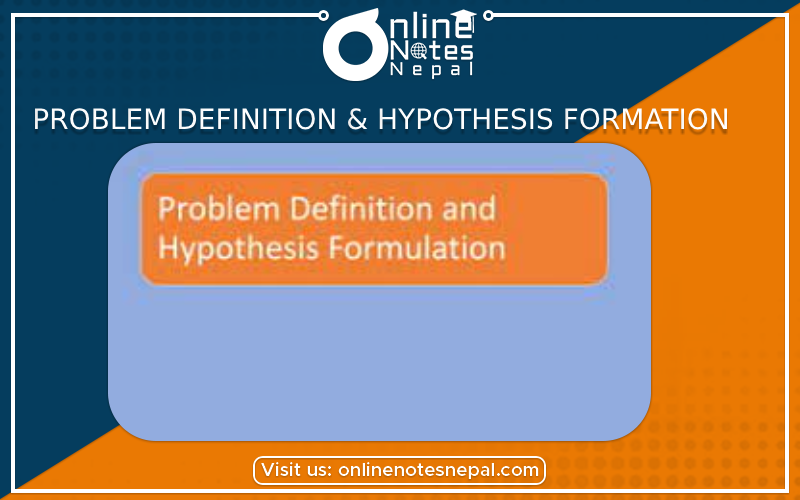Published by: Anu Poudeli
Published date: 14 Jul 2023

Problem Identification:
The process of clearly defining and comprehending the problem or challenge that must be handled is known as problem definition. It is an important phase in problem solving and decision making since it aids in determining the root causes, scope, and boundaries of the problem. Correct problem definition ensures that efforts are directed in the proper directions and that solutions generated are effective and efficient.
Several actions can be taken to effectively define a problem:
Formulation of Hypotheses:
The act of establishing a tentative explanation or statement that can be tested via research and investigation is known as hypothesis creation. Hypotheses are critical in scientific and research contexts for guiding the examination and analysis of a given phenomenon or topic.
The following are the major steps in hypothesis formation:
Keep in mind that hypotheses are not absolute facts, but rather proposed explanations that must be tested empirically. The outcomes of testing the hypothesis will either support or reject it, requiring further refining of the research topic and, if necessary, the formation of new hypotheses.